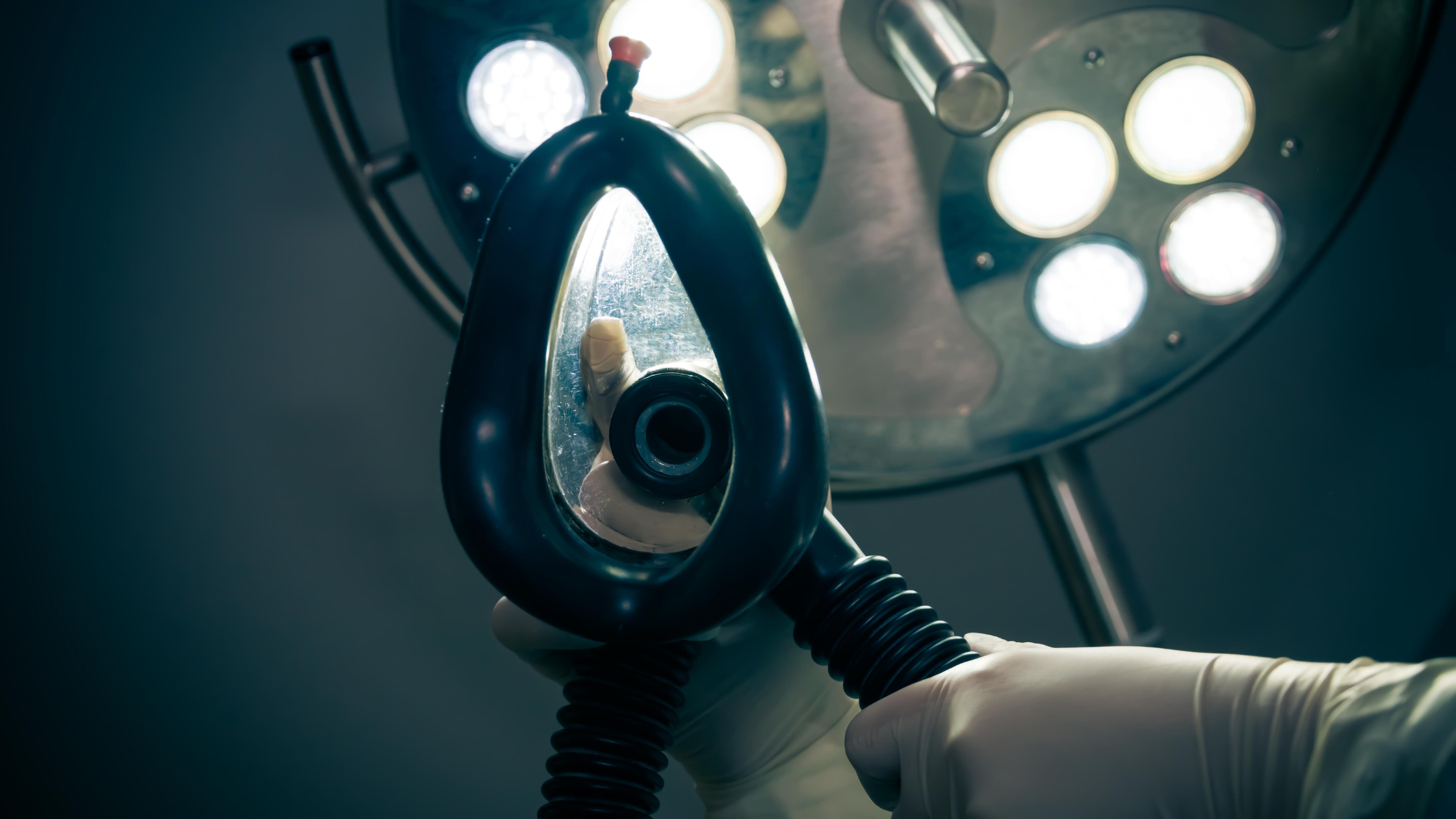It’s hard to believe that anesthesia has been around for almost 175 years. Before anesthesia, surgeries were performed with doses of alcohol or opium or not pain relief at all.
That all changed on October 16th, 1846 when Dr. William Morton completed the first successful demonstration of ether anesthesia. This took place in the “Ether Dome” which is the operating room that still remains at the Massachusetts General Hospital. This changed the surgical world forever, as there was no more suffering for patients during surgeries.
That was just the beginning, as it started spreading into other countries and became a common practice in surgeries. In the late 1930’s, general anesthesia became even more advanced when penthanol (sodium thiopentone) started to be used. Then in 1942, curare was introduced and this helped with muscle relaxation during anesthesia. Everything continued to evolve slowly but surely, as new medicines were being developed and demonstrated in medical practices.
There were still some adjustments to be made and all of the recent findings led into more curiosity. This curiosity led to more discoveries in the anesthesia field. In the 1950’s, halogenated hydrocarbons were being studied as they were nonflammable and highly potent. After doctors found this, ether and chloroform slowly began to diminish in operating rooms all over. This again changed the whole practice of surgery in a better way, but those were not the final discoveries.
In the 1960’s the modern era of anesthesia finally began. Not only were new drugs found by doctors, but technology was also evolving. With these new studies, anesthesiologists were able to find out more about what was actually happening with the patients when they would undergo anesthesia. This led them to find safer practices when demonstrating this because they realized the dangers and risks of anesthesia. Once these new techniques were invented, this process became much safer. Today, the risks are very little as compared to when this all first started. Anesthesia continues to grow and change with new drugs, microelectronics, and technology.

